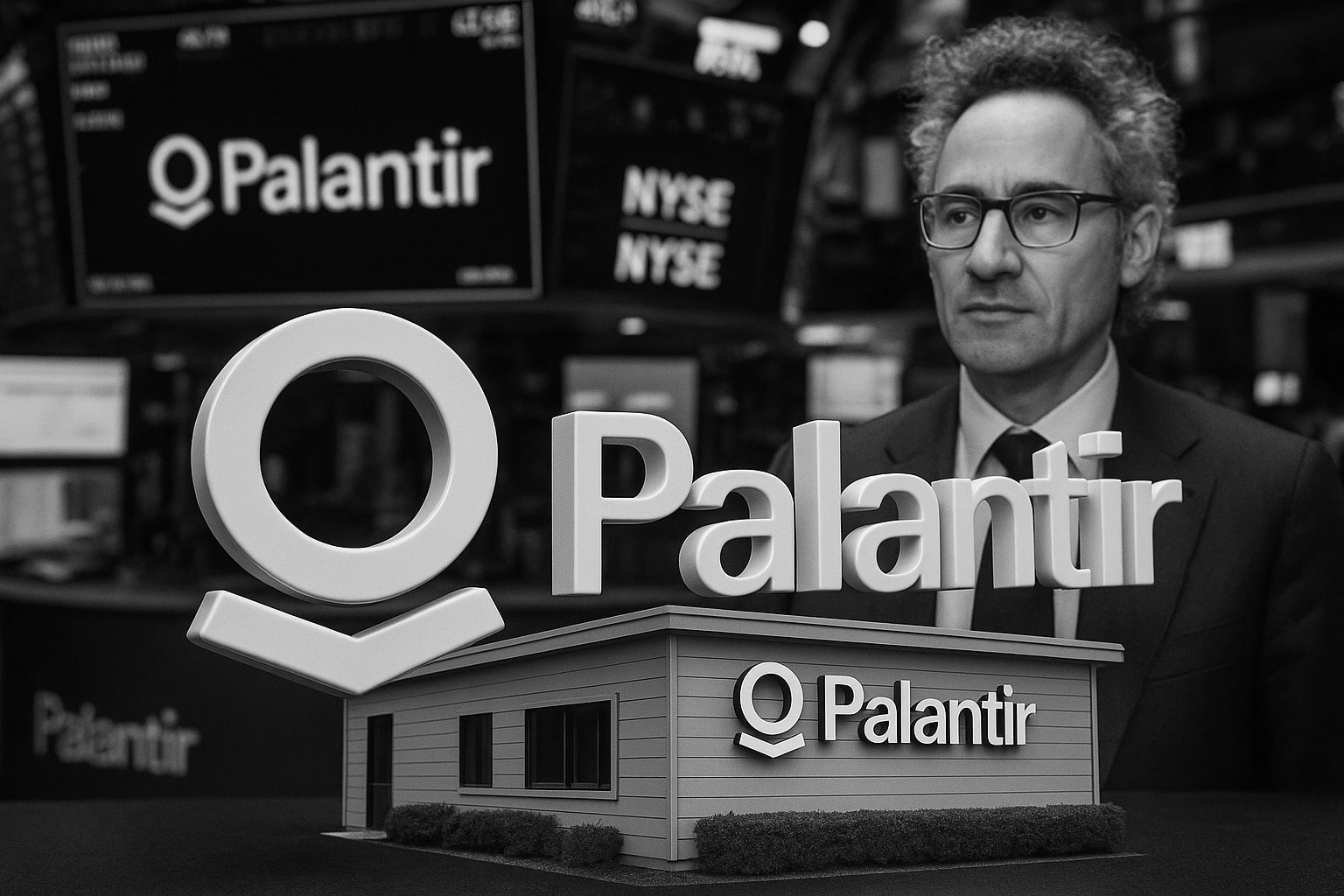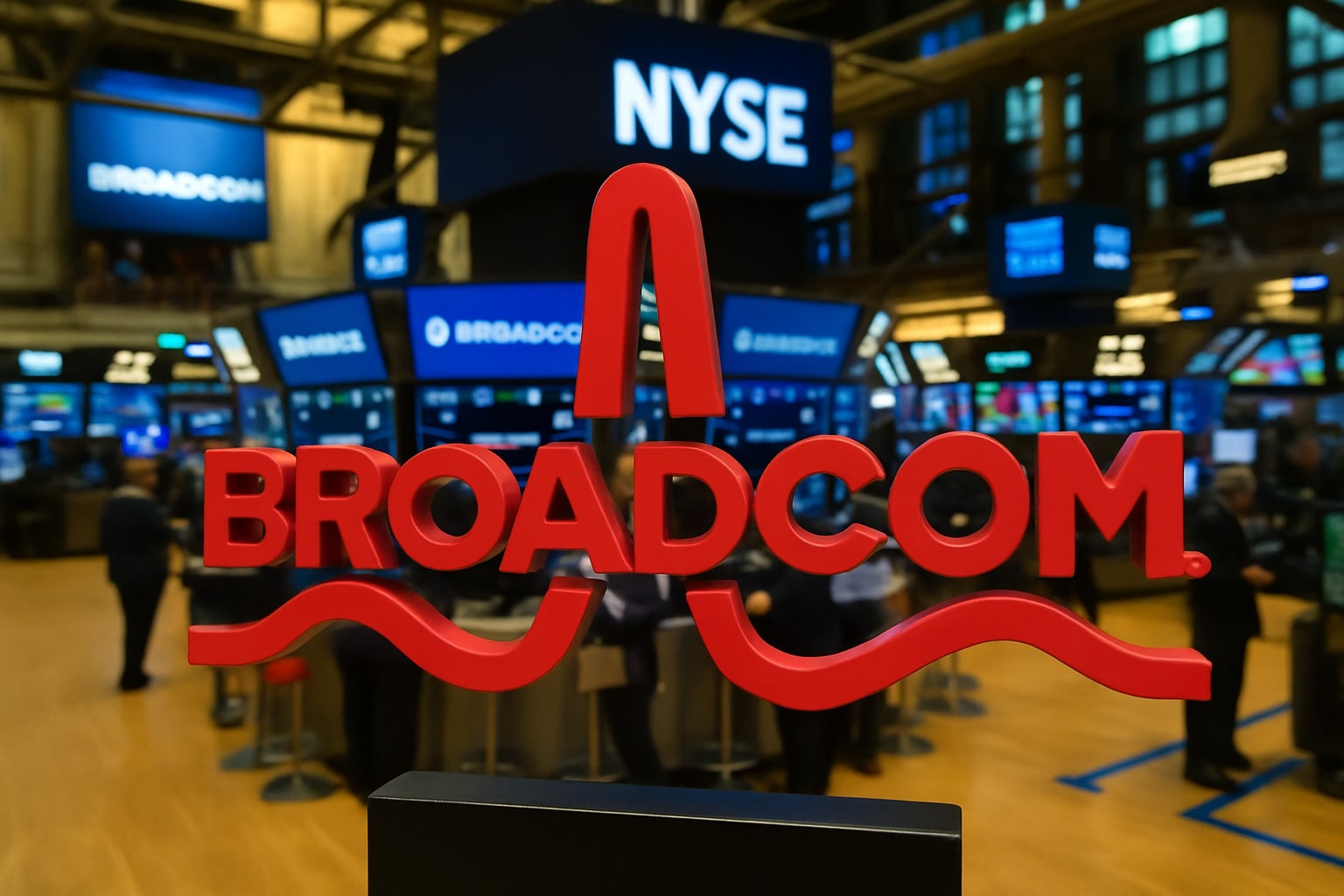Exxon Mobil Stock (NYSE:XOM): Undervalued at $112, Target Price of $160
Exxon Mobil Corporation (NYSE:XOM) has long been a leader in the oil and gas industry, but its current valuation suggests it's flying under the radar of many investors. At a price of approximately $112, Exxon is undervalued, offering a compelling upside potential of 34% to a target price of $160. This analysis dives deep into Exxon’s performance, its ability to adapt to market shifts, and why it remains an attractive buy in 2025 despite oil price volatility and global economic uncertainty.
Exxon’s Resilience Amid Oil Price Volatility and Tariff Concerns
Exxon Mobil's market positioning has been tested in recent years, with fluctuating oil prices and rising geopolitical tensions. In 2024, Exxon generated a staggering $34 billion in earnings, coupled with $55 billion in operating cash flow, demonstrating the strength of its diversified business model. Despite Brent Crude and WTI prices slipping below $80 and $60 per barrel, respectively, Exxon’s vertically integrated model provides a cushion against external price pressures. By leveraging its oil production, refining, and chemical operations, Exxon is able to maintain solid profit margins even when crude prices decline. However, with global economic slowdown fears pushing down oil prices further, Exxon’s profitability is under threat in the short term. But the company’s robust structure and cost efficiency suggest a strong recovery potential once oil prices rebound.
Market Positioning and Strategic Growth
Exxon’s strategic growth drivers include its operations in the Permian Basin and Guyana, which together represent a major portion of its future production growth. The Permian Basin alone is expected to hit 2.3 million barrels per day by 2030, with Exxon’s Guyana assets growing to 650,000 barrels per day. These projects, however, were designed with $80-per-barrel oil in mind, and the recent price downturn to $58 complicates the outlook. Despite these challenges, Exxon’s low-cost operations allow it to maintain profitability even in a lower-price environment. This positioning, alongside its strategic growth assets, strengthens the case for Exxon’s long-term resilience.
Exxon’s Low-Cost Advantage in a Volatile Market
Exxon’s ability to remain a leader in the low-cost supply chain is critical to its competitive edge. The company is known for managing one of the most efficient oil production models in the industry. As of 2024, Exxon’s unit costs are among the best in the business, positioning it favorably to weather global economic shifts. The company’s diverse portfolio, spanning upstream production to downstream refining and chemicals, provides resilience against price fluctuations. Even as oil prices fall, Exxon’s integrated approach allows it to capture margins across its entire value chain, making it a key player in the sector, even during challenging times.
The Impact of U.S.-China Tariffs on Exxon’s Performance
The ongoing tariff war between the U.S. and China has created uncertainty in the global market. Recently, China imposed an 84% tariff on U.S. imports in response to Washington's actions, potentially harming trade flows and affecting demand for Exxon's products in key markets. However, Exxon’s diversified global presence provides some insulation from these risks. Despite the negative impact on short-term sales, Exxon’s ability to capture demand in Europe and Asia, along with its cost advantage, provides a buffer against the challenges posed by tariff escalation.
Dividends and Capital Returns: Exxon’s Strong Commitment to Shareholders
Exxon Mobil stands out as one of the most reliable dividend payers in the energy sector, offering a current yield of 3.93%. This is particularly attractive during times of market uncertainty, where stability and shareholder returns are key considerations. Over the past five years, Exxon has returned more than $125 billion to its shareholders through dividends and buybacks, a figure $30 billion higher than its nearest competitor. With its low payout ratio of 49%, Exxon can continue returning significant capital to investors while maintaining financial stability.
NextEra Energy vs. Exxon: A Comparative Look
While NextEra Energy (NYSE:NEE) is often seen as a leader in renewable energy, its higher valuation and exposure to tariff-sensitive components make it a less appealing choice compared to Exxon. NextEra’s premium valuation, currently at a P/E ratio of 18.34x, reflects its growth potential in the renewable sector, but the company’s heavy reliance on imported materials for its renewable projects exposes it to cost inflation and supply chain risks. In contrast, Exxon’s diversified business model and low-cost operations make it a safer bet in the current market environment. Exxon’s forward P/E of 13.73x for 2025 and its impressive cash flow generation make it the more attractive investment for value-seeking investors.
Exxon’s Technical Outlook: Bullish Indicators Ahead
Exxon’s stock recently surpassed its 200-day simple moving average (SMA), signaling a potential bullish trend. The 50-day SMA has also shown upward momentum, indicating that positive sentiment in the market is likely to push the stock higher. Technical indicators such as the MACD and RSI also support the bullish outlook, with increasing buying volumes and a strong reversal from recent lows. This suggests that Exxon is well-positioned for a sustained rally, further validating its attractiveness as a buy.
Valuation and Future Growth Potential
Exxon’s valuation metrics reveal that the stock is trading at a significant discount compared to its historical performance and industry peers. With a forward P/E of 13.73x for 2025, dropping below 12x by 2026, Exxon remains undervalued despite its strong performance and strategic positioning. The company’s ability to generate substantial cash flow, combined with its low-cost operational edge, makes it an attractive investment for long-term growth. Based on these factors, Exxon’s stock price could reach $160 within the next 12-24 months, representing a 34% upside potential from its current price of $112.
Exxon’s Financial Strength and Operational Resilience
Exxon’s financial strength is underscored by its low net debt-to-EBITDA ratio of 0.28x and its strong cash flow generation. The company’s ability to maintain a stable cash position, even in the face of market volatility, demonstrates its operational resilience. In 2024, Exxon’s free cash flow reached $8 billion, a figure that remained relatively stable despite declining oil prices. This stability positions Exxon well for continued dividend payments and capital returns, further enhancing its appeal to investors seeking both growth and income.
Natural Gas as a Key Growth Driver for Exxon
Natural gas, a core component of Exxon’s portfolio, is expected to be a key growth driver in the coming years. In Q4 2024, Exxon produced 8.33 billion cubic feet of natural gas per day, a 9% year-over-year increase. The rising demand for natural gas, driven by global power sector needs and LNG exports, will likely continue to support Exxon’s revenue growth. The increasing use of natural gas in data centers, driven by the expansion of AI technologies, is also a significant growth opportunity for Exxon in the long term. With natural gas prices expected to stabilize and rise, Exxon’s exposure to this market will further bolster its earnings potential.
The Bottom Line: Why Exxon Mobil is a Strong Buy
In conclusion, Exxon Mobil (NYSE:XOM) is an undervalued stock with significant upside potential. Trading at $112, Exxon offers a target price of $160, reflecting a 34% upside. The company’s strong financial position, low-cost operations, robust cash flow, and commitment to shareholder returns make it an attractive investment for value-oriented investors. Despite the challenges posed by oil price volatility, geopolitical tensions, and tariff concerns, Exxon’s diversified business model provides resilience, making it a compelling buy for long-term growth. With a target price of $160 and a 34% upside, Exxon is poised to deliver strong returns in the coming months and years.



















